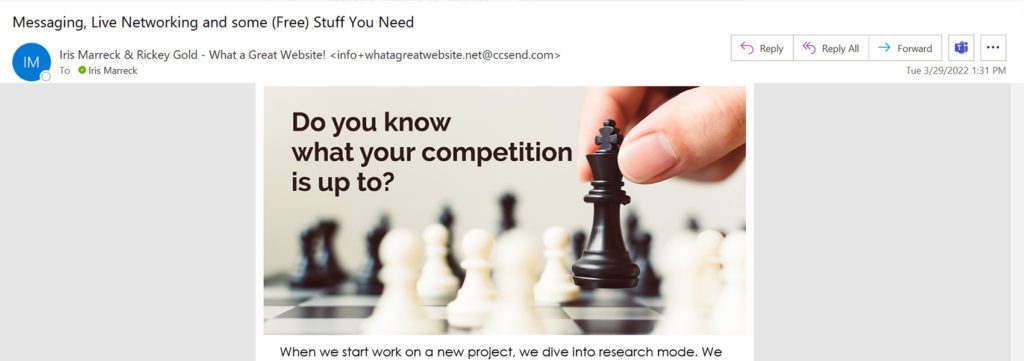Why aren’t people opening your emails?
Getting people to open your emails can be daunting. With overloaded inboxes and so many subject lines vying for attention, yours really needs to pop to get opened.. As marketers, we are constantly working to improve open rates. After hovering around 31% for several years and being ok with that number (since the average open […]
Why aren’t people opening your emails? Read More »



